φ3200×3100格子型球磨机设计
摘要
球磨机是选矿厂生产的关键设备之一。在矿山生产中,球磨机作为主要的生产设备,其运转率和效率常常决定了全厂的生产效率和指标,成为全厂生产的“咽喉”环节。球磨机是继破碎机之后,对矿石或其它物料继续进行粉碎,旨在获得工艺所要求的更细颗粒产品的机械设备。本文介绍了球磨机的基本理论,包括球磨机的工作原理、构造以及未来的发展趋势等。简单介绍了球磨机设计的一般过程。并以减少能耗为基础,详细的阐述了φ3200×3100格子型球磨机传动系统中各个零部件的设计和计算。球磨机的传动部由大齿轮装置、小齿轮装置、齿轮罩,同步电动机等部分组成。在本次设计中除了继承传统的方案设计以外,还采用了一些当前世界上比较先进的设计方案,增强了传动性能,增加了磨机的寿命,使球磨机更加具有市场竞争力。
关键词:球磨机;传动系统;设计
φ3200×3100 Check ball mill design
Abstract
The ball mill is one of ore dressing plant production essential equipment. In the mine production, the ball mill took the main production equipment, its service factor and the efficiency had decided frequently the entire factory production efficiency and the target, become the entire factory production “the pharynx and larynx” the link. Ball mill is the machine that continues to crush and grind the ore and other materials, after the crusher working procedure ,in order to get finer products that correspond the technology prescribed.IN this thesis ,I introduced the basic theories of ball mill ,including the theory of its work ,structure and the trend of it is design in brief .In order to improve the skills of production ,in this thesis ,I expatiate the design and calculation of every work and part ofφ3200×3100 stick in wet pattern ,belonging to drive system . the drive system concludes gearwheel part ,pinion part ,gear covers part ,synchronous electric motor and so on .During this design ,we not only inherit the traditional methods ,but use the advanced methods now days ,that develop the capability of the machine and prolong ,it’s service life to make the ball mill has the competition ability in market .
Key words: ball mill; drive system; design
目 录
1 绪论………...………………………………………………………………………………1
1.1选题背景及目的.………………………………………………………………………..1
1.2国内外球磨机的发展状况及研究成果.………………………………………………..1
1.3课题的研究内容及方法……….…………….………………………………………….7
2 总体方案设计………...………………………………………………….…….................8
2.1磨矿机的主要类型……………………….……………………………………………..8
2.1.1圆筒式磨矿机的类型………………..……………………………………………..8
2.1.2旋转筒式磨矿机的工作原理………………..……………………………………10
2.2总体思路的选择………………………………………………………………….……11
2.3主要部件概述…………………………………………………………………….........11
2.3.1筒体部………………..………………………………………..…………………..11
2.3.2给矿部………………..…………………………………………..………………..11
2.3.3排矿部………………..……………………………………………..……………..12
2.3.4轴承部……………..……………………………………………………..………..12
2.3.5传动部………………..……………………………………..……………………..12
2.3.6润滑系统………………..…………………………………………..……………..13
2.4球磨机内粉磨介质的运动状态……………………………………...…..……………13
3 球磨机主要参数的分析计算…...……………………………………………………15
3.1球磨机筒体的一般尺寸……………………………………………………………….15
3.2球磨机转速的计算……………………………………………………….....................15
3.2.1球磨机的临界转速………………………………………………………………15
3.2.2球磨机的实际工作转速…………………………………………………………15
3.3球磨机内球的脱离点轨迹计算……………………………………………………….16
3.4球的落点轨迹的计算………………………………………………………………….17
3.5球的循环次数的计算………………………………………………………………….18
3.6球磨机中介质充填率的计算………………………………………………………….19
3.7球磨机中装球量的计算……………………………………………………………….21
3.8球磨机功率的计算…………………………………………………………………….21
3.9球磨机生产率的计算………………………………………………………………….23
3.10球磨机工作时筒体的受力分析…..………………………………………………….23
3.11筒体的强度计算………………………..…………………………………………….26
4 传动系统设计计算…………..………………………………………………………...29
4.1主电机的选择及传动比的分配……………………………………………………….29
4.1.1电动机的选择……………………………………………………………………29
4.1.2传动比的分配……………………………………………………………………29
4.2传动装置的运动和动力参数的选择和计算………………………………………….29
4.3传动零件的设计计算………………………………………………………………….30
4.3.1齿轮减速器的设计计算…………………………………………………………30
4.3.2齿轮轴的设计计算………………………………………………………………35
4.3.3滚动轴承的选择和寿命验算……………………………………………………39
4.3.4键联接的选择和验算……………………………………………………………40
4.3.5两大齿圈处的螺栓的联接的选择………………………………………………40
4.3.6齿轮减速器的润滑和密封………………………………………………………42
4.4齿轮罩的总体布局设计……………………………………………………………….42
5 球磨机的安装与试车…..………………………………………………………...……43
5.1球磨机的安装简介…………………………………………………………………….43
5.1.1球磨机总体安装顺序概述………………………………………………………43
5.1.2大齿轮的安装……………………………………………………………………43
5.1.3小齿轮装置的安装………………………………………………………………43
5.1.4联轴器、气动离合器、主电机和慢速装置的安装……………………………44
5.1.5齿轮罩的安装……………………………………………………………………44
5.2球磨机的试车………………………………………………………………………….44
5.2.1无负荷试车………………………………………..……………………………………….44
5.2.2负荷试车…………………………………………………………………………45
6 球磨机的环保和经济性分析………………………….………………………..……47
结束语……..………………………………………………………………………………...48
致谢………..………………………………………………………………………………...49
参考文献…………….……………………………………………………………………...50
1 绪 论
1.1选题背景及目的
丰富多彩的大学生活即将结束,为了总结大学四年来所学的知识,学校组织我们做毕业设计,毕业设计是大学学习课程的综合,是对我们四年来所学知识的一次全面考察,是大学各门知识的一次综合运用。毕业设计需要我们充分运用大学所学的各门理论知识和毕业实习的生产实际知识去分析和解决生产问题,培养我们正确的设计思想和分析问题,解决问题的能力,并能综合反映我们的计算,绘图,查阅资料,熟悉标准和规范,了解国内外信息等基本技能。
毕业设计也是为我们将来参加工作打下一个良好的基础。通过毕业设计,我们不仅能锻炼设计能力,而且也能开拓思维能力。在毕业设计开始,我们先进行了毕业实习,对鞍山钢铁集团东 鞍山烧结厂进行了参观实习。在实习的过程中,我们在现场师傅的讲解下,对球磨机有了大概的了解。球磨机也是现代矿山机械中一个非常重要的设备。我们的任务是通过所学的理论知识来设计球磨机。因为实际条件有限,我们的设计只是经过相关理论与经验公式的推导,来设计我们所选的球磨机,经过理论校核检验是否达到设计要求。
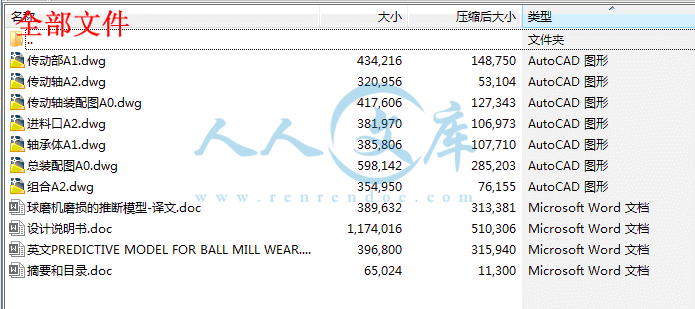
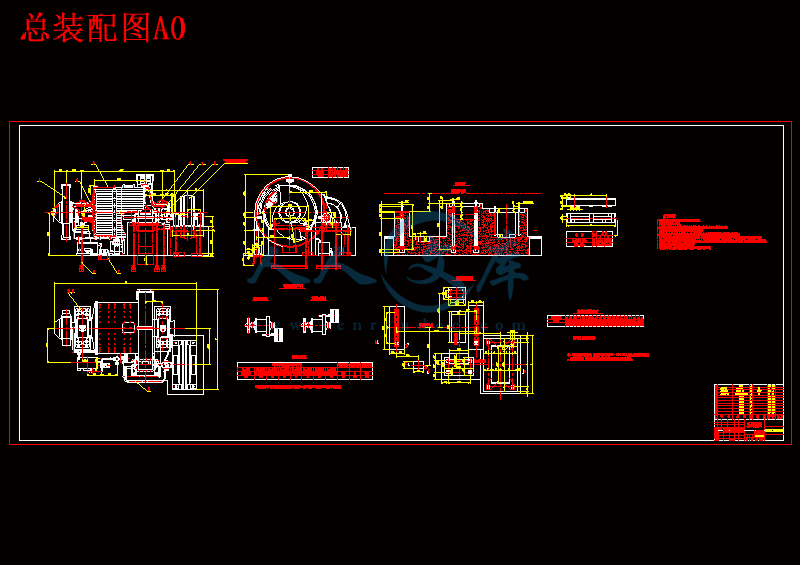

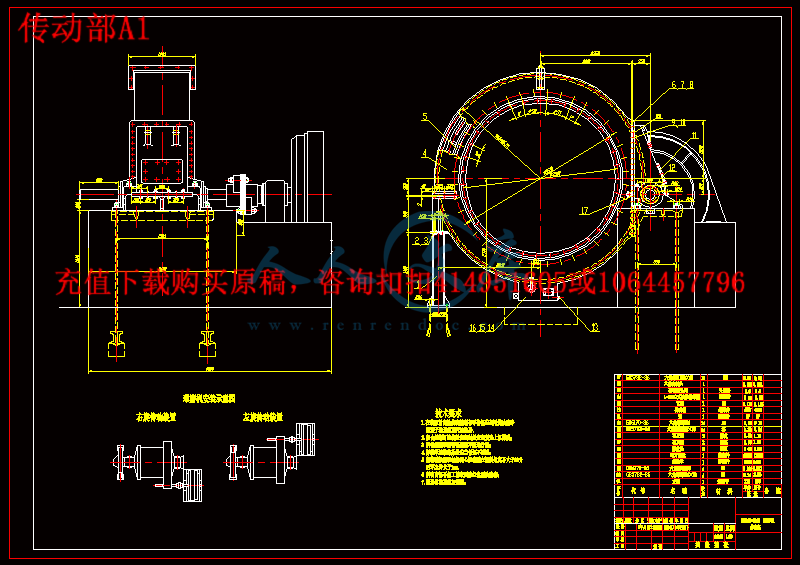



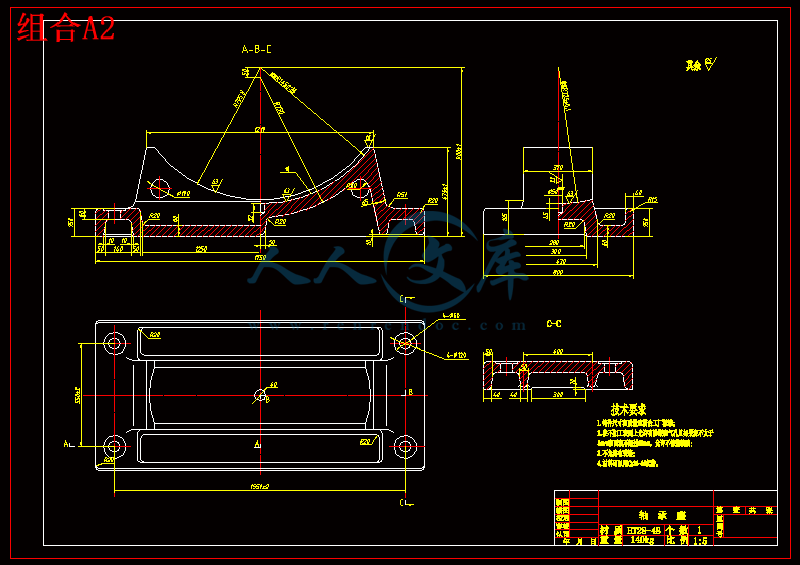
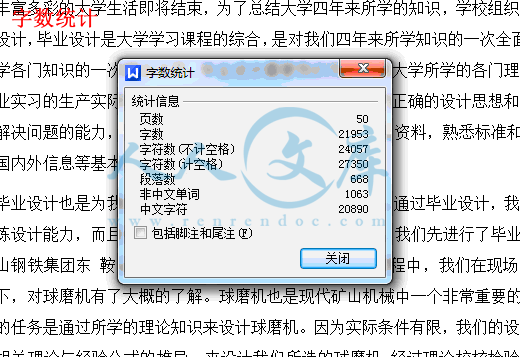
 川公网安备: 51019002004831号
川公网安备: 51019002004831号